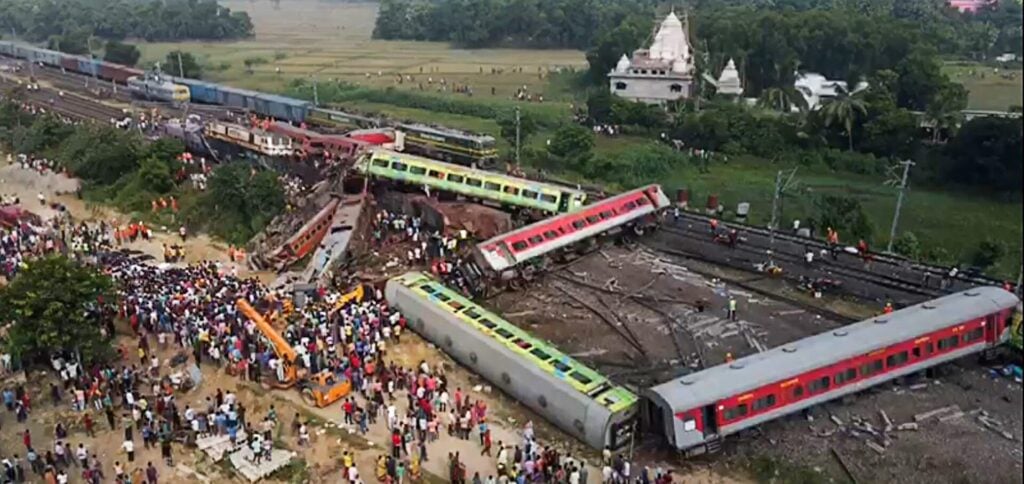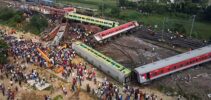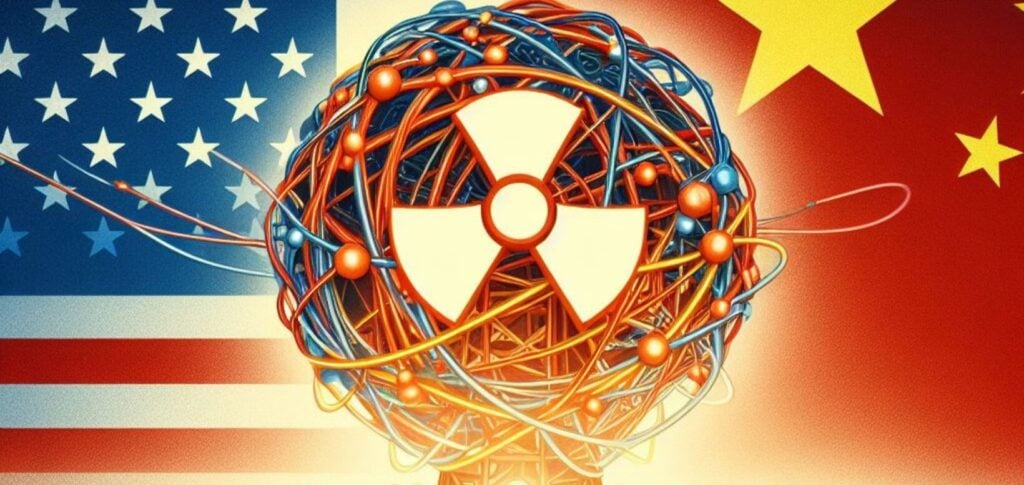“We have identified the cause of the accident and the people responsible,” minister Ashwini Vaishnaw told news agency ANI. He added that it was “not appropriate” to reveal further details before the final investigation report was drawn up.
ADVERTISING
The accident, which happened on Friday (2) near the city of Balasore, in the state of Odisha (east of the country), caused at least 288 deaths and left more than 900 injured.
Ashwini said that “a change that occurred during the electronic interlocking” caused the accident, using a technical term that refers to a complex signaling system designed to prevent trains from colliding, with control of the movement of trains.
“We will find out who did this and how it happened after a proper investigation,” he added.
ADVERTISING
The newspaper 'The Times of India', which cites a preliminary investigation, stated this Sunday that a “human error” may have caused one of the worst railway accidents in the country's history.
The 'Coromandal Express', which was traveling between Kolkata and Chennai, was given the green light to run on the main road, but was diverted due to human error onto a track where a goods train was parked, according to the newspaper.
The passenger train collided with the freight train at a speed of 130 km/h. Three coaches fell onto the attached track, which hit the tail end of an express passenger train heading from Bangalore to Kolkata.
ADVERTISING
This second collision was the one that caused the most victims, according to the newspaper 'The Times of India'.
School becomes morgue
A high school near the scene of the tragedy was transformed into an improvised morgue, where authorities accompany families to try to identify the fatal victims.
Arvind Agarwal, who runs the makeshift morgue, said the bodies were “almost unrecognizable” after more than 24 hours in scorching heat.
ADVERTISING
He informed families that DNA testing will be needed to identify the victims.
The tragedy occurred near Balasore, a city in the state of Odisha, almost 200 kilometers from the regional capital Bhubaneswar.
Anubhav Das, who was in the last carriage of the second train, said he heard “horrible screeching sounds coming from far away”.
ADVERTISING
After the accident, he declared that he observed “scenes full of blood, mutilated bodies and a man with an amputated arm being desperately helped by his injured son”.
Rescue completed
The toll of the tragedy could rise to 380 deaths, according to the director of the Odisha fire department, Sudhanshu Sarangi.
“No one responsible for the accident will be immune”, promeYours is Prime Minister Narendra Modi, who went to the scene of the tragedy and visited the injured in the hospital.
“I pray that we can overcome this sad moment as quickly as possible”, he declared on the public channel Doordarshan.
On Saturday night, almost 24 hours after the accident, rescue operations were completed after inspecting all the destroyed carriages of the trains.
“All the bodies and injured passengers were removed from the accident site,” a source from the Balasore emergency coordination cell told AFP.
All hospitals between the site of the tragedy and Bhubaneswar received victims of the tragedy, officials said. Almost 200 ambulances and buses were mobilized for transportation.
After the collision, “people were screaming, asking for help,” said Arjun Das, a survivor of the accident.
“There were injured people everywhere, inside the carriages, on the tracks. I want to forget the scenes I saw,” she added.
“Death and Suffering”
AFP correspondents observed wagons completely overturned and emergency teams working around the clock to rescue survivors. Many corpses, covered in sheets, lay next to the tracks.
Hiranmay Rath, a student who lives near the accident site, rushed to help. Within hours, he claimed to have seen more “death and suffering” than he could have imagined.
Pope Francis declared himself “deeply saddened” by the tragedy and expressed his condolences. The pontiff said he is praying for the victims.
UN Secretary-General Antonio Guterres also expressed “sincere condolences”.
This is the worst train accident in India since 1995, when a collision between two expresses near Agra, the city where the Taj Mahal is located, caused more than 300 deaths.
The deadliest accident in Indian history occurred on June 6, 1981 in the state of Bihar (east), when seven carriages of a train fell from a bridge into the Bagmati River, a tragedy that caused between 800 and 1.000 deaths.
Read also
* The text of this article was partially generated by artificial intelligence tools, state-of-the-art language models that assist in the preparation, review, translation and summarization of texts. Text entries were created by the Curto News and responses from AI tools were used to improve the final content.
It is important to highlight that AI tools are just tools, and the final responsibility for the published content lies with the Curto News. By using these tools responsibly and ethically, our objective is to expand communication possibilities and democratize access to quality information. 🤖




